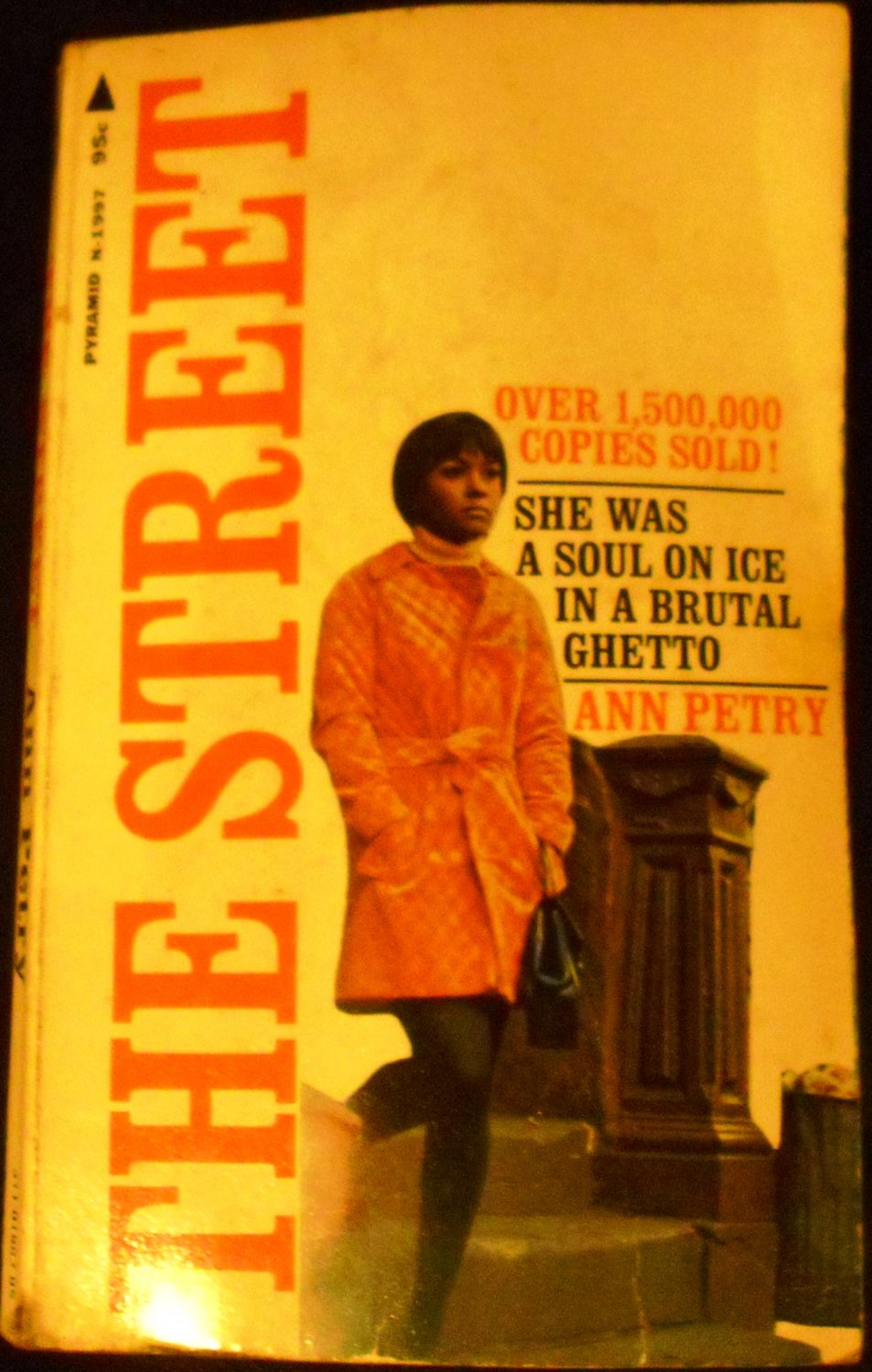

In the picture, I am smiling uneasily as the flag, nudged by the wind, curls around my arm. We paused before a huge US flag, draped from a silver pole, watching a gaggle of white tourists pose for photos. We were on our way to a meeting with Michelle Obama, so questions of citizenship and belonging were at the forefront of our minds. Recently, I was in Washington with my friend, the novelist Jacqueline Woodson. However, she is a black American and these terms do not always mesh. Down, but not out, Lutie remains inspired by Benjamin Franklin – she is convinced that “anybody could be rich if he wanted to and worked hard enough and figured it out carefully enough”. The union couldn’t withstand the everyday strains of marriage coupled with the financial challenges brought on by pernicious racism and the unique pressure of Lutie’s job as a maid. A traditional woman at heart, she married her sweetheart, anticipating some hardships, but overall, expected a happy and respectable life. The beating heart of The Street is Lutie Johnson, a single mother of an eight-year-old son. (Also, seasoned professors assign the most exciting books at the end of term to motivate exhausted students to make it to the finish line.) A professor now myself, I understand that we were assigned Native Son first not because some critics considered The Street to be a women’s version of Native Son, but because after reading The Street we would not have had patience for Native Son’s violent erasure of black women’s lives. The week before, we had read Richard Wright’s Native Son, and were dismayed by the depiction of Bessie, the only significant black female character in this book that purportedly illuminated the “black experience” in the 1940s. I was fortunate to discover The Street as an undergraduate student at Spelman College, historically a black women’s college in Atlanta. For Petry, 116th Street is the gritty antagonist, representing the intersection of racism, sexism, poverty and human frailty.

Instead, Petry set her story in Harlem, but not the “New Negro” centre of racial uplift and progress. Nor did she choose Walden Pond as her muse. This is no novel of manners a la Dorothy West. Ann Petry was a New Englander, yet she didn’t write with the reserve we associate with authors from that region. W hen The Street was published in 1946, African American literature was tacitly understood to be African American male literature and women’s literature was coded as white women’s literature.


 0 kommentar(er)
0 kommentar(er)
